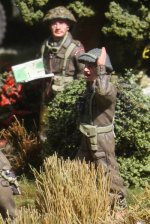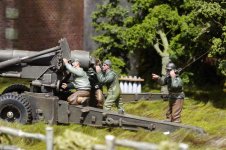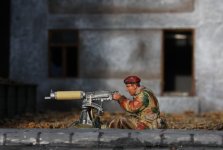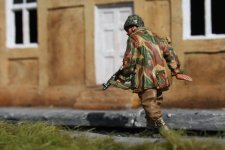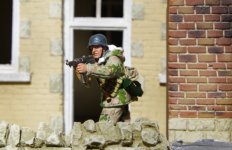panda1gen
Colonel
- Joined
- Jul 29, 2005
- Messages
- 8,154
Great info. I do remember the artillery corps had to relearn the basics of the barrage science for the desert campaign. Chris
Thanks Chris
I suppose every country had to relearn or adapt to new developments. One of my favourite reads is Barrie Pitt's desert trilogy. My impression was that each side ('even' the Italians) were still pretty good artillery in the desert.
I still find the science hard to understand at times - more on this to follow.
Kevin




